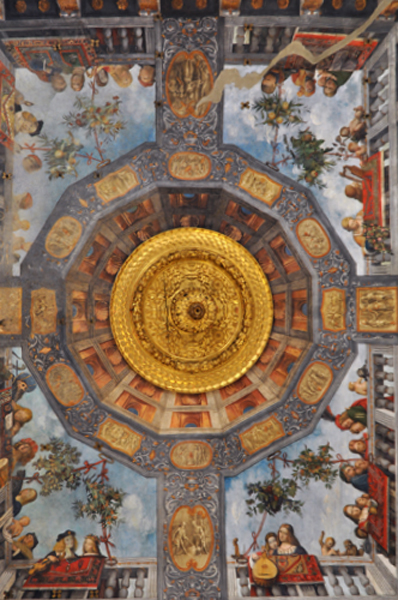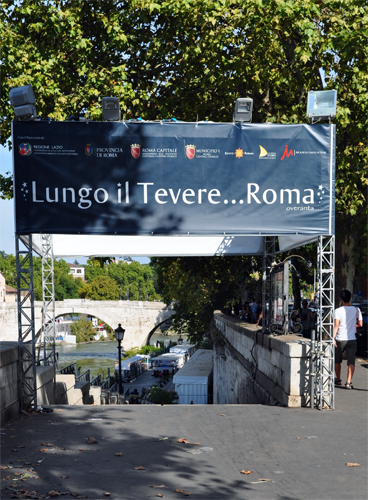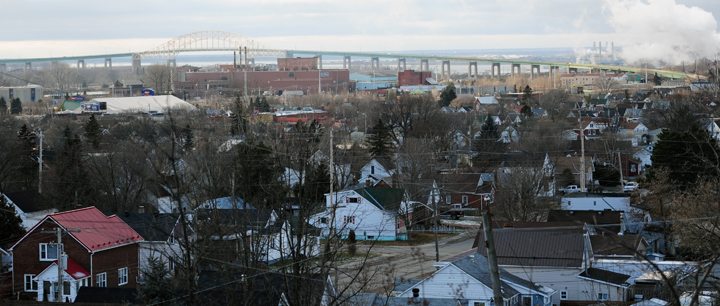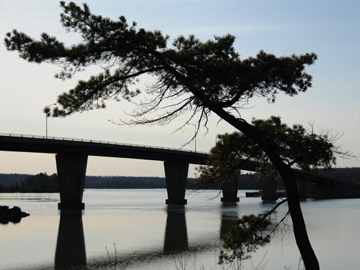 St. Joe’s Island is a place I keep going back to whenever I’m in Northern Ontario. The island sits at the end of the St. Mary’s Rivers in Lake Huron.
St. Joe’s Island is a place I keep going back to whenever I’m in Northern Ontario. The island sits at the end of the St. Mary’s Rivers in Lake Huron.
As kids, Rainer’s mom and dad would take us to St. Joe’s to fish and to pick blueberries. We would do the 20 mile drive following the St. Mary’s River through the Indian Reservation and end up at the dock to wait for the ferry to take us onto the Island. The ferry held maybe 10 cars. I remember rough, white-capped waves and staying in the car while the ferry navigated the narrow channel. In the late 70’s the Provincial government built the current bridge. The image on the left is the bridge going over to the Island.

And this morning I got to shoot a photograph that echoed back to one of my favorite paintings – Casson’s “White Pine”. AJ Casson was one of the Canadian Group of Seven – artists who, after WW I, fled Southern Ontario for the Georgian Bay and Algoma areas to paint. Reproductions of their famous landscapes were in my basal reader. I remember being proud to see the landscapes that I saw everyday living in the Sault captured in canvas, reproduced in color in my reader. (It was great to see recognizable wilderness instead of Toronto streetscapes and Ottawa parliaments.)
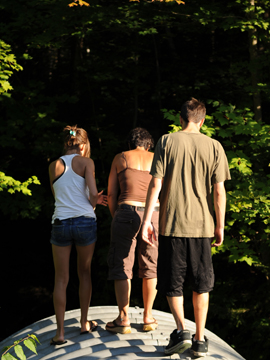
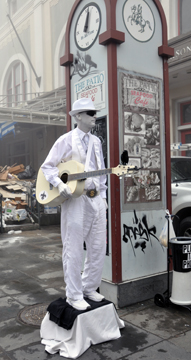
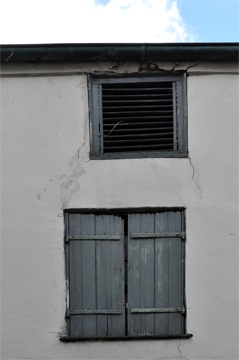
 Back then, the five of us – Rick, Sarah, Shana, Mim and I – stayed in a farm house before we headed to Ronchamp. Back then, I saw the chapel in the rear-view mirror and I was lost. Back then, we climbed the mountain-road to Notre-Dame-du-Haut. Back then, in Corbusier’s chapel, I knelt and prayed. (How is it that 20 year old memories and 40 year old feelings find their way back to the present?)
Back then, the five of us – Rick, Sarah, Shana, Mim and I – stayed in a farm house before we headed to Ronchamp. Back then, I saw the chapel in the rear-view mirror and I was lost. Back then, we climbed the mountain-road to Notre-Dame-du-Haut. Back then, in Corbusier’s chapel, I knelt and prayed. (How is it that 20 year old memories and 40 year old feelings find their way back to the present?) 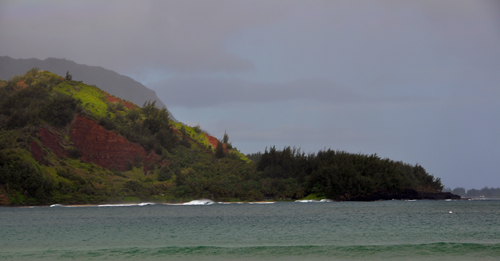
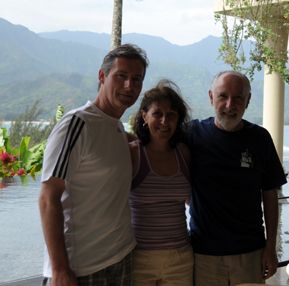
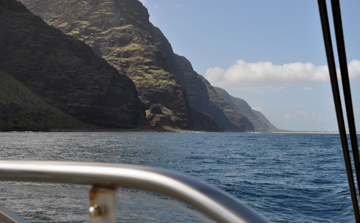
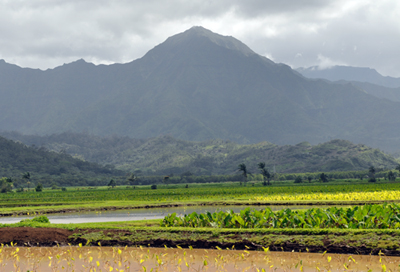
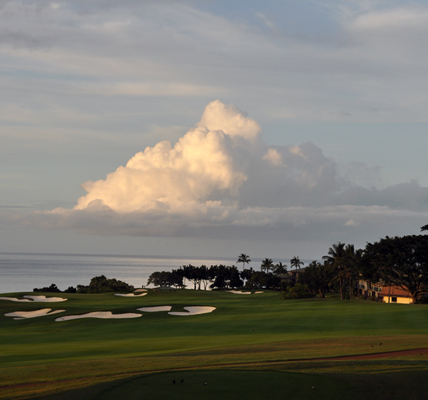
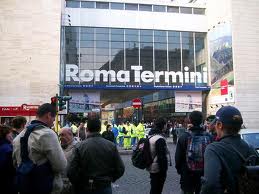
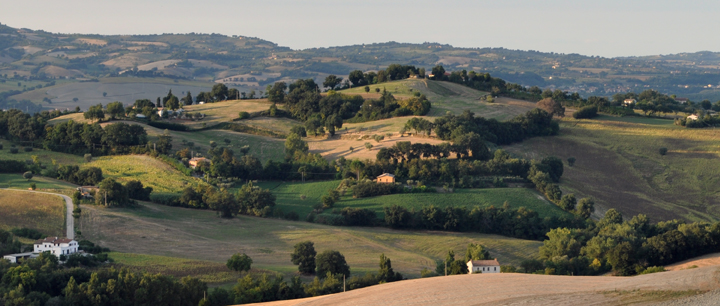
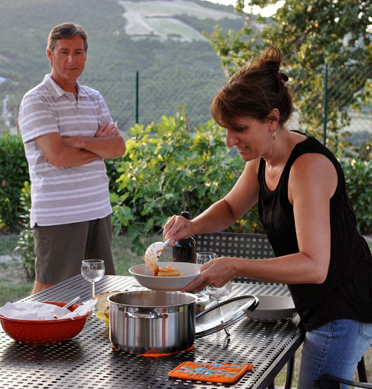
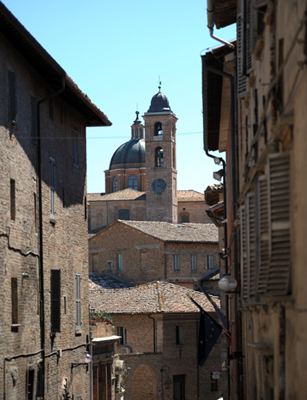
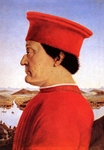 (I want his hat.) How did he produce the red pigment that he used for the hat and the coat?
(I want his hat.) How did he produce the red pigment that he used for the hat and the coat? 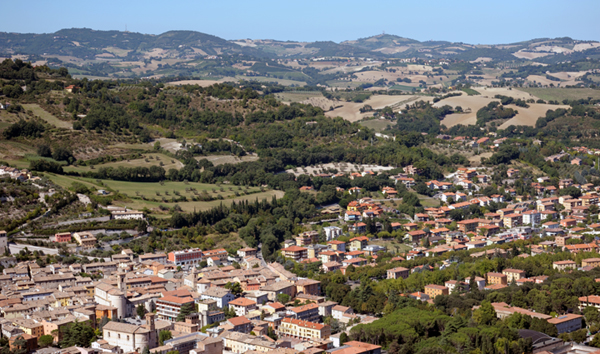
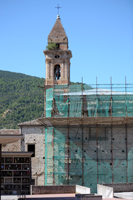
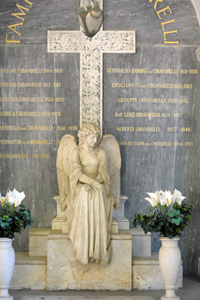 The mausoleum on the right already has 13 people buried in its crypt. And there’s probably room for another 10 or so. All the family crypts have a decorative marble/stone cover.
The mausoleum on the right already has 13 people buried in its crypt. And there’s probably room for another 10 or so. All the family crypts have a decorative marble/stone cover. 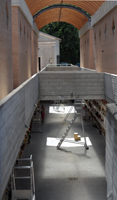 There are so many shelves on the above ground crypts that the cemetery provides ladders so family members can reach the flower vases. (It looks like Home Depot with its ladders-on-wheels in the middle of the isles.) These modern hives are two stories and so well planned that the street-level is a piazza like space.
There are so many shelves on the above ground crypts that the cemetery provides ladders so family members can reach the flower vases. (It looks like Home Depot with its ladders-on-wheels in the middle of the isles.) These modern hives are two stories and so well planned that the street-level is a piazza like space. 